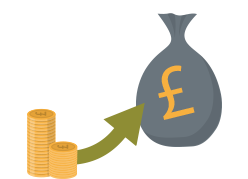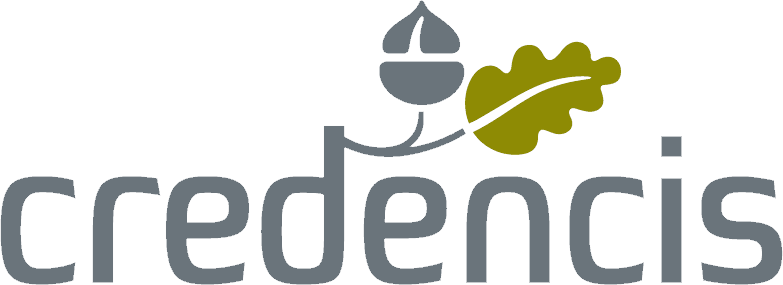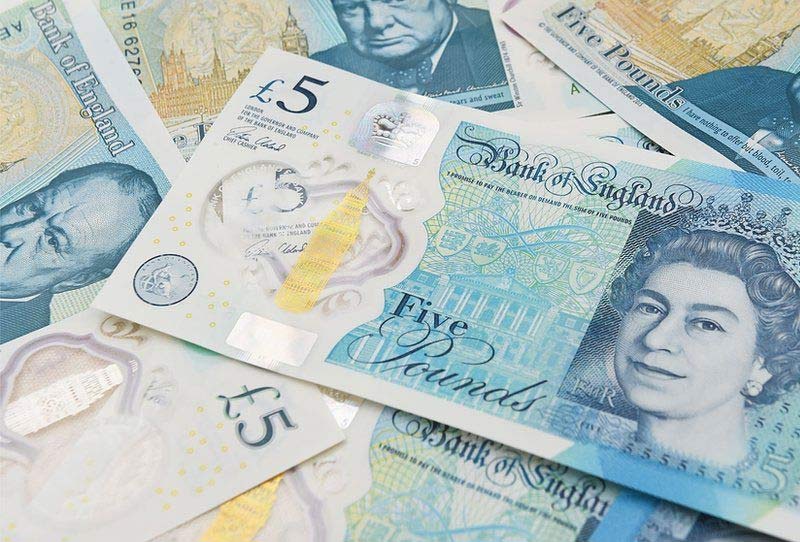Any money you pay into your pension fund, the pension provider will claim the basic-rate tax relief direct from HMRC and add it to your account. If you a higher rate tax payer you’ll get 40 pence back for every 60 pence you save into a pension. That’s a healthy 67% return and very different to returns on cash savings.


To end up with £10,000 for example a higher rate tax payer need pay just £6,000. The tax relief at 40% makes up the rest.
That works out as an enhancement of 67%-not a bad immediate return, especially as it involves zero risk.
An additional rate tax payer pays just £5,500 to obtain the same £10,000 benefit.
Cost of making a £10,000 pension contribution
| Your rate of income tax | You pay effective % boost |
| Basic Rate (20%) | £8,000 (25%) |
| Higher Rate (40%) | £6,000 (67%) |
| Additional Rate (45%) | £5,500 (82%) |
Non-Earners can still benefit
Non-earners, whether adults or children can currently benefit from basic rate tax relief on contributions to pensions of up to £2,880 per year.
The taxman adds the basic tax relief to this (£720 on the maximum annual £2,880), rounding up to a gross pension saving of £3,600.
While the sums are not huge, the 20% uplift could benefit older, non-earning spouses; they could then draw the pension, paying no tax at all (hopefully). The result is that they capture a tidy 20% return at the expense of the tax man risk free. Wealthy individuals have previously used this allowance to invest each year on behalf of children.
Initial investment £10,000, growing at 5% per year compounded:
| Level of tax relief | After 10 Years | After 20 Years |
| None | £16,470 | £27,126 |
| Basic Rate (20%) | £20,588 | £33,908 |
| Higher Rate (40%) | £27,449 | £45,209 |
| Additional Rate (45%) | £29,944 | £49,319 |
Maximise your Annual Allowance
| Tax Year Ending | Annual Allowance |
| 5th April 2016 | £40,000 |
| 5th April 2017 | £40,000 |
| 5th April 2018 | £40,000 |
| Total | £120,000 |
Your annual allowance depends on your circumstances. The rules are nuanced but in headline terms.
1. You can pay in up to £40,000 a year (including tax relief at 20% if not provided at source) or 100% of your salary, whichever is the lower;
2. If you are already taking benefits from a defined contribution pension scheme, the allowance is reduced to £4,000 or 100% of your salary
A different route but again a £1 contribution to your pension will only cost you 60 pence.
Using up the annual allowance your given could be worth an extra £68,000
Questions or Need Advice?
We can help.

